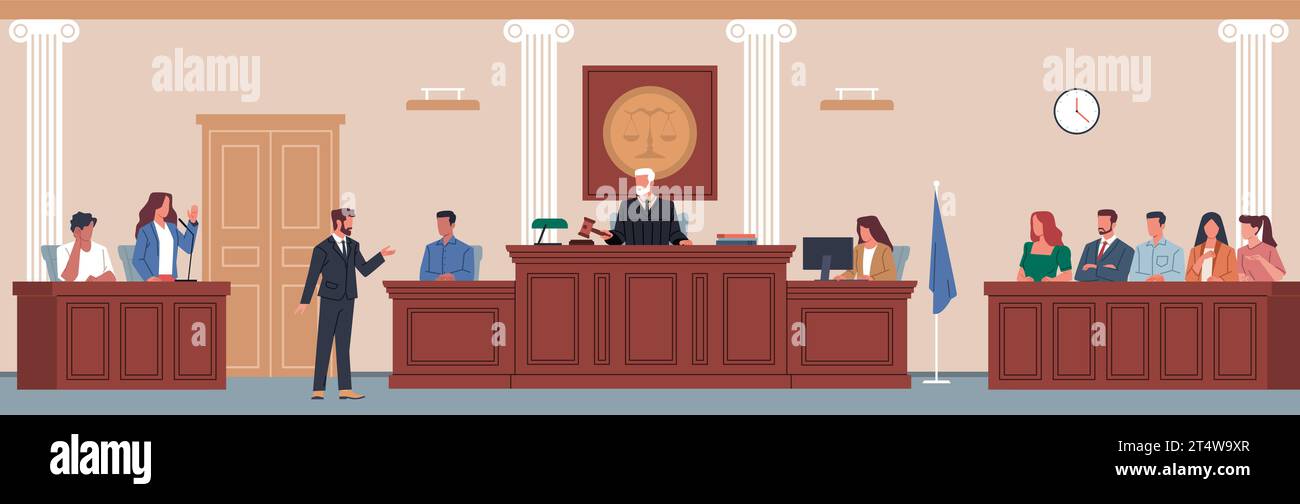Trial Presentation Dependable Solutions for Organizing and Presenting Evidence
Captivate the Court: Vital Elements of a Powerful Test Discussion
Vital aspects such as comprehending the target market, crafting a compelling story, and understanding verbal and non-verbal interaction are essential elements of an efficient presentation. As these aspects intertwine, they form a cohesive strategy that not only educates however additionally engages jurors on multiple degrees.

Understanding Your Audience
Understanding your target market is a crucial element of efficient trial presentation. A successful discussion pivots on the capacity to grasp the demographics, values, and proneness of jurors. This understanding informs just how arguments are mounted, evidence is provided, and psychological charms are crafted, making certain that the message resonates with the jurors on a personal degree.
Research study indicates that jurors originated from varied backgrounds and might have differing degrees of recognizing pertaining to lawful proceedings (trial presentation). Therefore, it is crucial to avoid lawful lingo that can estrange or perplex them. Instead, using clear, relatable language cultivates interaction and comprehension. In addition, recognizing the jurors' prospective biases and life experiences permits the trial presenter to prepare for objections and address worries proactively.
Reliable trial presentation also involves observing jurors' responses throughout the process. Being attuned to non-verbal cues can give understanding right into their involvement and receptivity, permitting real-time adjustments in method. Ultimately, a profound understanding of the target market not just improves interaction however likewise develops relationship, raising the probability of a favorable end result. Engaging with jurors as people instead of a collective unit is important in promoting a solid connection in the courtroom.

Crafting a Compelling Narrative
Crafting a compelling narrative is crucial in guiding jurors via the intricacies of an instance. A well-structured narrative not just streamlines complex legal concepts however likewise engages jurors on a psychological level, making the info much more relatable and memorable.
This message must reverberate with the jurors' values and experiences, promoting a connection that transcends simple truths. This chronological method can assist jurors adhere to the progression of occasions, highlighting reason and result.
Incorporating human elements-- such as personal stories or narratives-- can further enhance the story's effect. These aspects evoke empathy, permitting jurors to visualize the consequences of the instance on actual lives. Furthermore, utilizing a consistent motif throughout the discussion reinforces the main debate, making it easier for jurors to keep crucial points.
Eventually, a compelling narrative changes a test discussion from a mere recounting of facts into a persuasive tale that astounds the court, motivating them to deliberate with both factor and feeling.
Making Use Of Aesthetic Aids
Including visual aids right into a trial presentation can considerably enhance additional info jurors' comprehension and retention of information. Aesthetic products such as graphes, representations, photographs, and videos can change complicated legal concepts and proof right into conveniently absorbable layouts. By engaging numerous senses, these aids allow jurors to visualize the instance's crucial elements, making it less complicated for them to follow along and comprehend complex details.
Moreover, well-designed aesthetic help can emphasize vital points and highlight partnerships between different items of proof. For example, timelines can successfully show the series of events, while annotated pictures can make clear certain details appropriate to the instance. This not only aids in understanding however additionally reinforces the narrative offered by the lawyer.
Overly complex or messy visuals might bewilder jurors and take away from the message. Ultimately, efficient aesthetic interaction can be an effective device in encouraging jurors and helping them reach notified verdicts.
Understanding Verbal Interaction
Effective verbal communication is important in a test discussion, as it offers as the key methods with which attorneys communicate their disagreements and connect with jurors. Simpleness in language cultivates understanding and aids jurors comprehend intricate issues presented during the look at this website trial.
Additionally, tone and pacing considerably impact just how messages are obtained. A certain tone conveys authority, while proper pacing allows jurors to absorb information without really feeling overwhelmed. Attorneys ought to likewise differ their vocal inflections to stress bottom lines and maintain jurors' rate of interest throughout the discussion.
Furthermore, the company of spoken debates is important. Structuring the narrative logically and coherently assists jurors adhere to the attorney's line of thinking, making it much easier for them to maintain critical information. Using influential techniques, such as narration, can additionally boost the emotional resonance of the disagreements provided, therefore creating an extra extensive connection with jurors.
Eventually, grasping spoken interaction not just enhances a lawyer's situation yet also fosters depend on and connection with the court, considerably enhancing the opportunities of a beneficial decision.

Engaging With Body Movement
Nonverbal communication plays an essential role in test discussions, commonly communicating messages that words alone can not reveal. Body language, encompassing gestures, posture, facial expressions, and eye contact, considerably influences exactly how jurors view the integrity and sincerity of the presenter. A positive position, with shoulders back and an open posture, can impart trust fund, while closed-off body movement may recommend defensiveness or uncertainty.

Face expressions should show the feelings connected with the situation, reinforcing the narrative being offered. A genuine expression throughout a touching minute can generate empathy and enhance the psychological charm. Eventually, grasping body movement is important for efficient test discussions, as it boosts spoken interaction and establishes an engaging visibility that reverberates with the court.
Verdict
To conclude, astounding the court demands a calculated technique that includes understanding the audience, crafting a compelling narrative, making use of visual aids, grasping verbal interaction, and engaging with body language. Each element plays a vital duty in producing an effective trial discussion that resonates with jurors on both emotional and intellectual levels (trial presentation). By integrating these components effectively, lawyers can considerably boost their ability to persuade and influence court decision-making